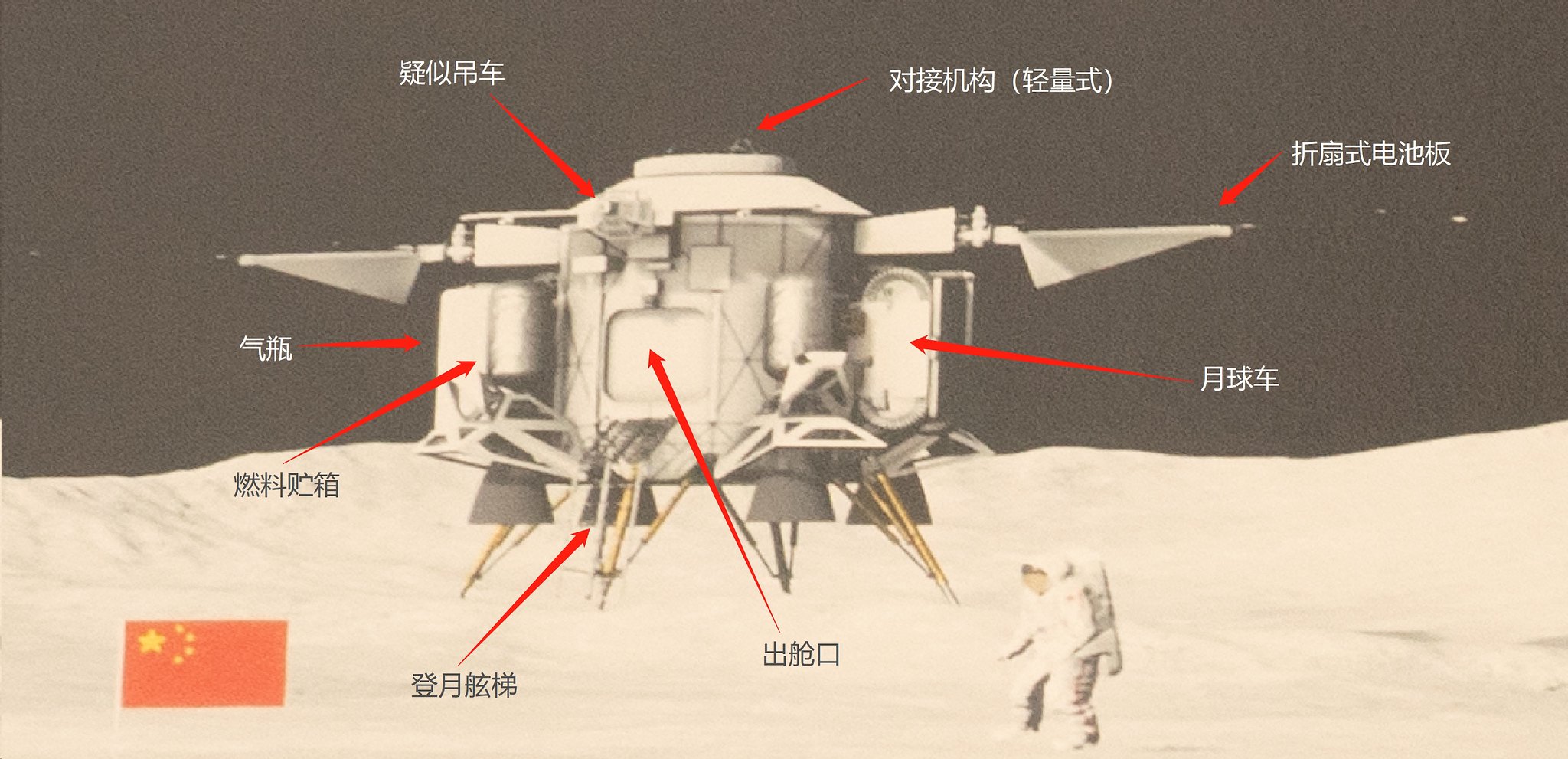International astronauts to be soon selected to visit the Tiangong space station to carry out science experiments
You are using an out of date browser. It may not display this or other websites correctly.
You should upgrade or use an alternative browser.
You should upgrade or use an alternative browser.
China's Space Program Thread II
- Thread starter Blitzo
- Start date
Doesn't really matter. It's still got way more throughput than ku band Intelsat that will be operating in apac region until viasat launches it's 3rd gen satellite into the area.
A lot of people that write these ridiculous posts or tables have no idea about application and industrial usage.
Airlines are still using gogo even though viasat is available with higher bandwidth. Why do you think that is?
by78
General
(Continued from above...)
Misc. images from the exhibit, including that of the future lunar lander, taikonaut food, an experimental cabin for the Chinese space station, various taikonaut clothing, and spacesuit,

By the way, you can see the manned lunar vehicle being carried by the lander.


by78
General
Illustrations from various papers on China's manned lunar vehicle and a manned lunar roving laboratory.








by78
General
A new 6-meter diameter space telescope is currently being developed, and it's planned to be launched by the Long March 9 rocket sometime in 2035. The telescope will be used to search for extraterrestrial life and habitable planets. Total mass is more than 40 tons, with the primary mirror and instrumentation weighing in at 15.6 tons. The telescope will be initially inserted into the geosynchronous transfer orbit, from there it will maneuver itself into the second Lagrange point around the Sun, approximately 1.5 million kilometers from Earth. The telescope has a design life of 10 years.








Looks like descent and ascent are in one stage instead of two separate stages as Apollo.Images of the manned lunar vehicle and lunar lander from the ongoing space exhibit at the National Museum of China.

Last edited:
escobar
Brigadier
full paper link?A new 6-meter diameter space telescope is currently being developed, and it's planned to be launched by the Long March 9 rocket sometime in 2035. The telescope will be used to search for extraterrestrial life and habitable planets. Total mass is more than 40 tons, with the primary mirror and instrumentation weighing in at 15.6 tons. The telescope will be initially inserted into the geosynchronous transfer orbit, from there it will maneuver itself into the second Lagrange point around the Sun, approximately 1.5 million kilometers from Earth. The telescope has a design life of 10 years.









